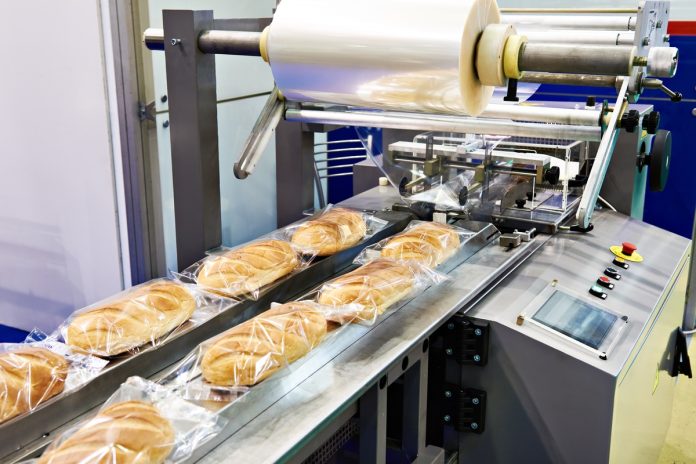Industrial coatings have undergone significant transformation over the past century, evolving from basic protective layers to complex, multifunctional solutions that address a wide range of performance and environmental demands. Initially developed to provide corrosion resistance, durability, and aesthetic appeal, these coatings have traditionally relied on synthetic chemicals and high-emission processes that posed environmental and health risks.
However, as awareness of ecological impact has grown, so has the urgency to innovate more sustainable alternatives.
The shift towards sustainable coatings has been driven by a combination of regulatory pressures, technological advancements, and changing consumer expectations. Early responses focused on reducing volatile organic compounds (VOCs) and hazardous materials, a move that encouraged the development of water-based and powder coatings as eco-friendlier options.
Over time, research into renewable materials and low-energy curing methods has paved the way for bio-based resins, nanotechnology-enhanced durability, and self-healing properties that extend the lifespan of coatings, reducing waste.
Today, functional industrial coatings are expected not only to protect and enhance surfaces but also to contribute to circular economy goals, such as recyclability and resource efficiency. As industries increasingly prioritize environmental responsibility, the future of functional coatings will likely involve continued advances in renewable ingredients, energy-efficient production, and even smart coatings capable of responding dynamically to environmental conditions.
This ongoing evolution reflects a growing commitment to minimizing environmental impact without compromising industrial performance.










